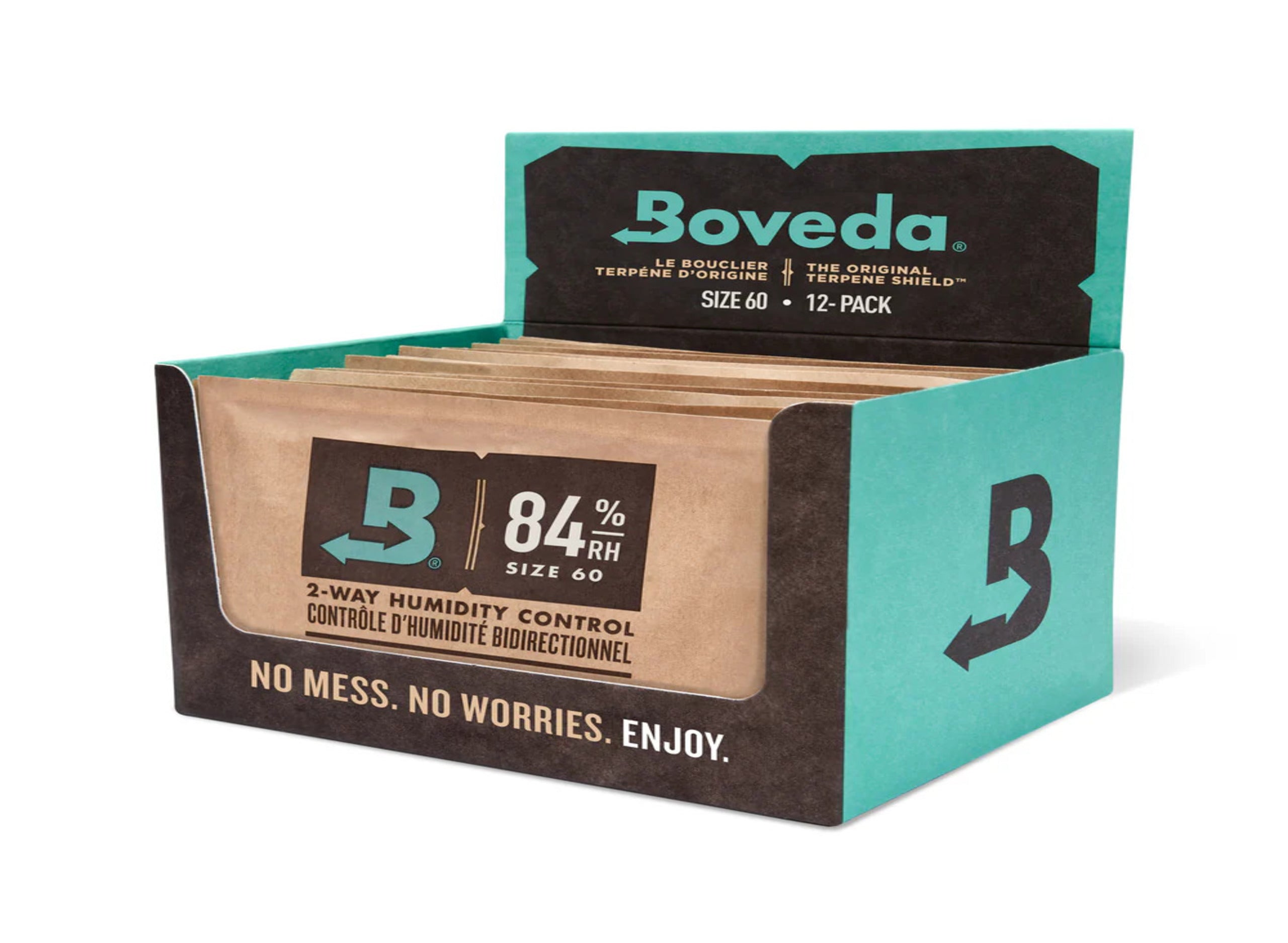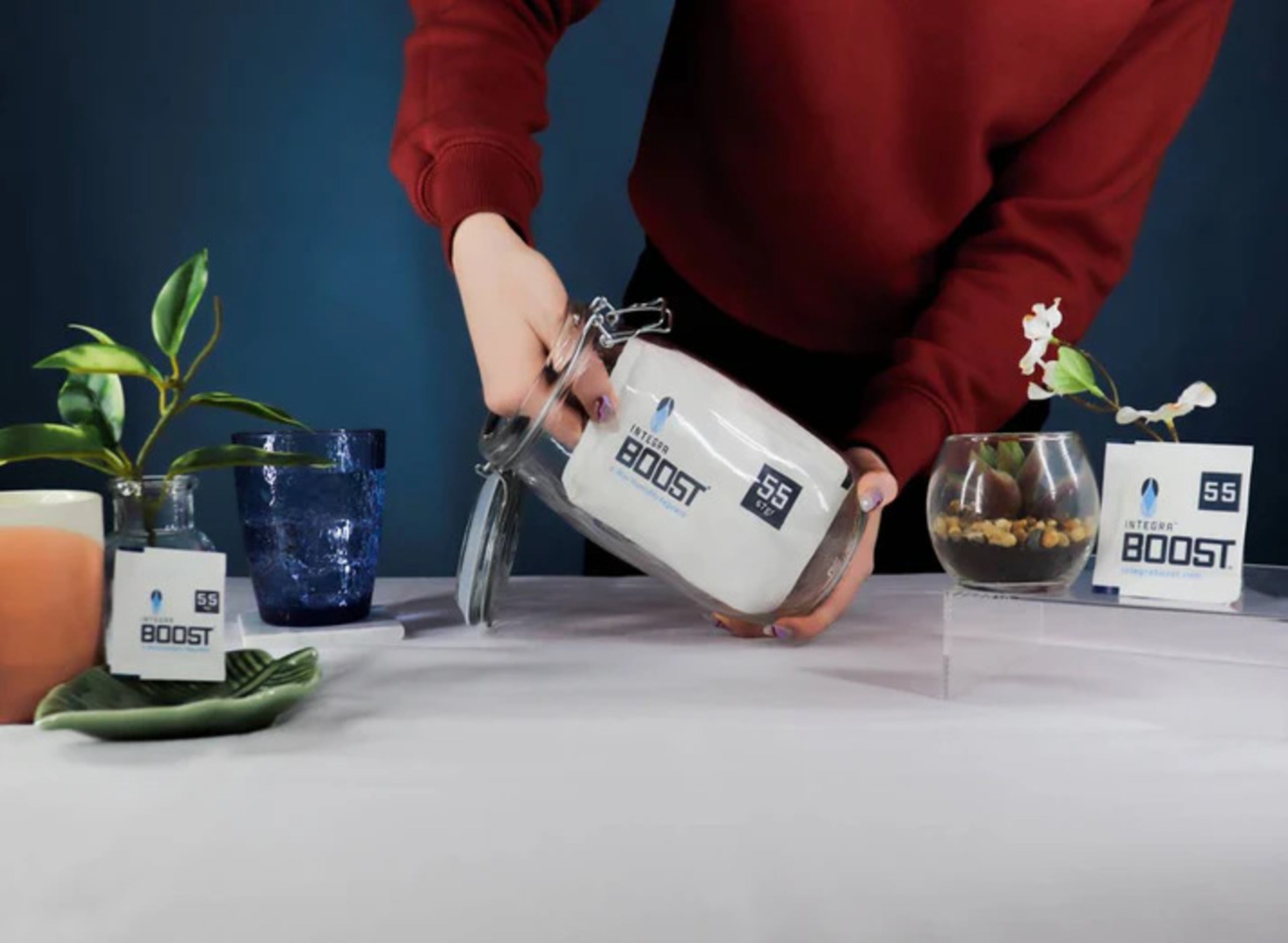- Current State of Digital Printing in Packaging
- Emerging Technologies Transforming Digital Printing
- Personalization Capabilities and Small-Batch Production
- Sustainability Innovations in Digital Printing
- Regulatory Compliance and Digital Adaptation
- Integration with Smart Packaging Technologies
- Strategic Advantages for Forward-Thinking Brands
What's Next for Digital Printing in Packaging
Digital printing technology continues to evolve rapidly, transforming how cannabis brands approach packaging design, production, and market strategy. As the industry matures, digital printing offers unprecedented flexibility, cost efficiency for smaller runs, and creative possibilities that were previously unattainable with traditional printing methods.
Current State of Digital Printing in Packaging
Currently, digital printing accounts for a growing segment of the cannabis packaging market. Unlike offset printing, which requires plates and extensive setup, digital methods allow direct-to-substrate printing with minimal preparation. This revolution has enabled cannabis brands to produce high-quality packaging with shorter turnaround times and reduced minimum order quantities.
According to industry experts, digital printing has already disrupted traditional packaging workflows by eliminating several production steps and reducing waste. The technology now supports printing on various materials including paperboard, flexible films, and even directly onto rigid containers like jar lids and caps that require precise detail and color consistency.
Emerging Technologies Transforming Digital Printing
1. Variable Data Printing (VDP)
VDP allows each printed piece to contain unique elements without slowing production. This technology enables:
- Batch-specific QR codes for tracking and authentication
- Sequential numbering for limited edition products
- Region-specific compliance information that can change by jurisdiction
2. Extended Color Gamut Printing
Newer digital presses now support expanded color ranges beyond the traditional CMYK spectrum, allowing for more accurate brand color matching and vivid designs that stand out on dispensary shelves.
Personalization Capabilities and Small-Batch Production
The cannabis market is increasingly segmented, with consumers seeking products tailored to specific needs and preferences. Digital printing facilitates this trend by making personalized packaging economically viable even for smaller producers.
Small-batch production has become more accessible, allowing brands to test new products with minimal investment in packaging. This approach reduces risk and enables faster market response, particularly important in the rapidly evolving cannabis sector where consumer preferences shift quickly.
Brands considering the switch to digital printing should weigh several factors. As outlined in this pros and cons analysis, while digital offers flexibility and reduced setup costs, traditional methods may still be more economical for very large production runs.
Sustainability Innovations in Digital Printing
Environmental considerations are increasingly driving packaging decisions in the cannabis industry. Digital printing offers several sustainability advantages:
- Reduced setup waste compared to traditional printing methods
- Lower energy consumption per unit
- Compatibility with eco-friendly substrates and water-based inks
- On-demand production that minimizes obsolete inventory
These benefits align with growing consumer preference for environmentally responsible brands. The ability to print only what's needed, when needed, significantly reduces the carbon footprint of packaging production.
Regulatory Compliance and Digital Adaptation
Regulatory requirements for cannabis packaging vary by state and change frequently. Digital printing provides the agility needed to adapt to these changes without scrapping existing packaging inventory.
The technology allows for quick updates to warning labels, THC content information, and other required elements. This adaptability is particularly valuable for multi-state operators who must navigate different compliance standards across markets.
Integration with Smart Packaging Technologies
The future of digital printing extends beyond visual elements to functional integration with smart packaging technologies. Emerging applications include:
- Printed electronics that enable temperature monitoring
- NFC tags embedded during the printing process
- Thermochromic inks that change color to indicate product freshness
- Anti-counterfeiting features printed directly onto packaging
These innovations enhance both the security and consumer experience of cannabis products, adding value beyond mere containment and branding.
Strategic Advantages for Forward-Thinking Brands
Looking ahead, digital printing will continue to evolve as a strategic tool rather than simply a production method. Brands that leverage these advancements gain several competitive advantages:
- Faster time-to-market for new products
- Ability to respond quickly to consumer trends
- Reduced inventory costs through on-demand production
- Enhanced brand storytelling through variable graphics
The technology is also becoming more accessible to smaller players in the cannabis industry, democratizing access to high-quality packaging that was once only available to larger corporations with substantial printing budgets.
As digital printing technology continues to advance, we can expect even greater integration with other aspects of the supply chain, from automated ordering systems to direct integration with compliance databases that automatically update packaging requirements.
For cannabis brands looking to stay competitive, understanding and adopting these digital printing innovations isn't just about keeping up with trends. It represents a fundamental shift in how products are presented, protected, and promoted in an increasingly sophisticated marketplace.











Leave a comment
All comments are moderated before being published.
This site is protected by hCaptcha and the hCaptcha Privacy Policy and Terms of Service apply.